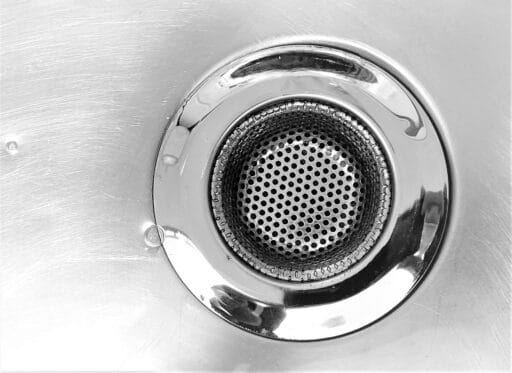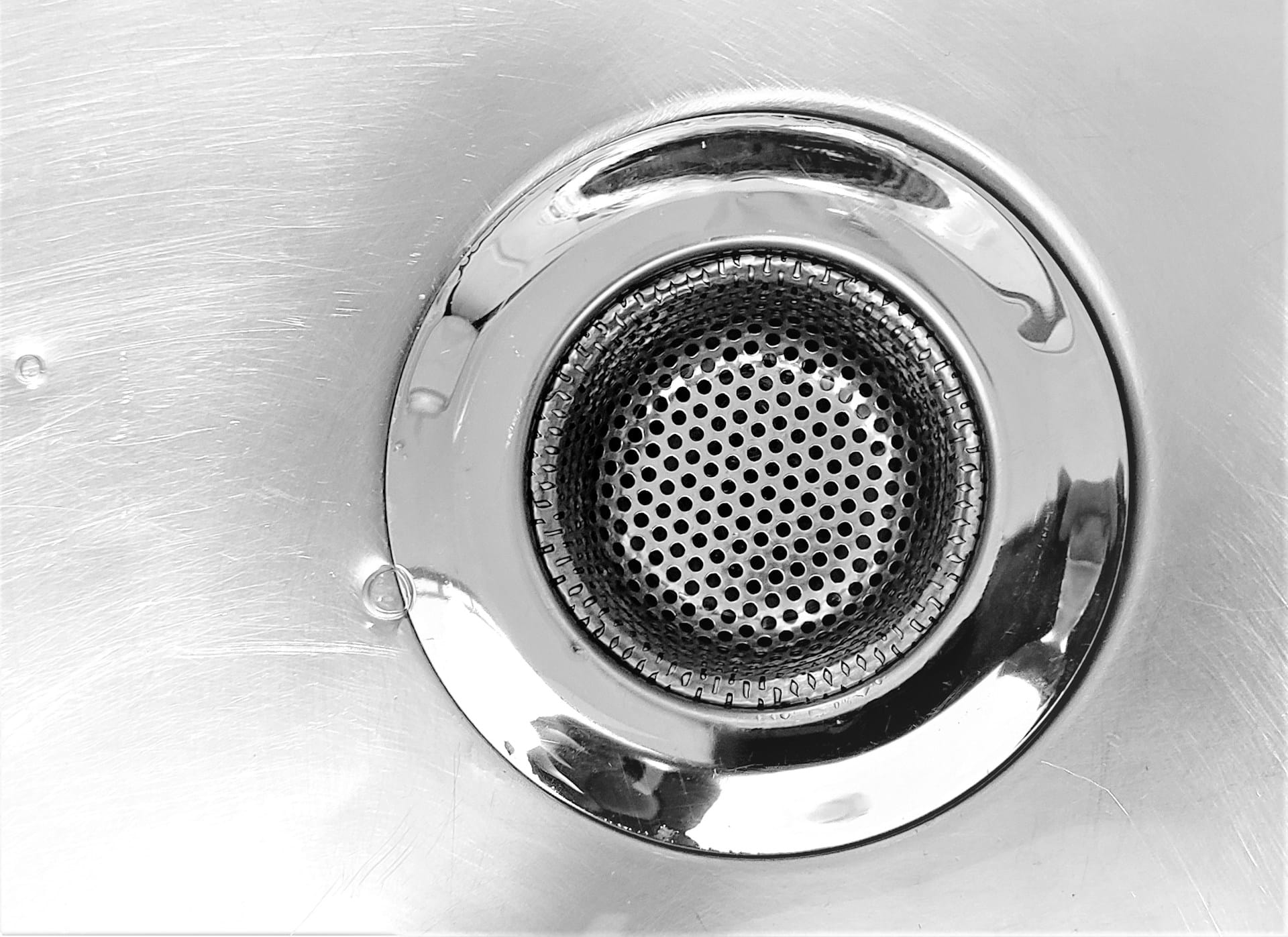A slow swirl at the sink or a standing pool in the shower rarely happens out of nowhere. Clogs usually build up over time because of small, repeatable habits. Change those habits and most drains will keep flowing. For stubborn blockages or recurring backups, schedule professional drain cleaning by Ben’s Plumbing (https://bens.plumbing/services/drain-cleaning-seattle/) to restore full flow and check the line’s overall health.
1. Treating the Drain Like a Trash Chute
Liquids feel harmless, so many people pour almost anything down a sink. Grease, bacon fat, pan drippings, and emulsified oils don’t stay liquid inside pipes. As they cool, they coat the walls, trap lint and food particles, and form concrete-like plugs. Coffee grounds swell and settle into heavy sludge. Starchy residues from rice or pasta turn gluey and catch on rough pipe interiors.
Smart swap: Wipe greasy pans with a paper towel before washing. Collect fats in a can for solid disposal. Put cooled grounds in the compost or trash, never into a drain.
2. Letting Hair Rule the Bathroom
Hair is the skeleton of many bathroom clogs. Long strands tangle around stopper rods and grate screws, while short stubble binds with soap scum to create fibrous mats. Once that net forms, it snags everything passing by.
Prevention move: Install a simple strainer over tub and shower drains and clean it after every use. Pull and rinse the sink pop-up monthly; a quarter-turn usually frees it for quick maintenance.
3. Using “Flushable” as a Green Light
Marketing copy suggests disposable wipes break down like tissue. Real-world plumbing tells a different story. Many wipes remain intact long enough to weave into ropes, which then snag on pipe joints and root intrusions. Cotton swabs, dental floss, and feminine products behave similarly, creating knots that resist plungers.
Bathroom rule: Only flush human waste and toilet paper. Everything else goes in a covered bin.
4. Over-Relying on Chemical Drain Cleaners
Harsh gels may melt through soap scum temporarily, yet they don’t fix the underlying cause. Worse, prolonged exposure can damage older metal traps, discolor finishes, and create splash hazards if a trap is opened soon after use. Caustic products also push softened gunk farther down the line where retrieval becomes harder.
Better tactics: Start with mechanical methods such as a Zip-it hair tool or a small drum auger. Follow with a hot-water flush. Keep enzymes for maintenance, not emergency clearing.
5. Skipping the P-Trap Cleanout
That U-shaped bend under sinks collects heavy debris by design. When ignored, it becomes a permanent parking lot for jewelry backing clips, toothpaste grit, and food slivers. A packed trap slows every drain cycle and invites odors.
Five-minute fix: Place a bowl under the trap, loosen the slip nuts by hand, and rinse the bend in a bucket. Reassemble gently—overtightening plastic fittings causes leaks. Finish with a brief test run to confirm a dry connection.
6. Treating Garbage Disposals as Wood Chippers
Disposals grind; they don’t teleport waste. Fibrous foods—celery strings, onion skins, corn husks—wrap around the impeller and jam the chamber. Starchy foods congeal. Eggshells add abrasive grit that scours the grind ring and spreads fine particles throughout the line.
Usage tip: Feed small batches with a steady stream of cold water, then flush for 30 seconds after the noise stops. Collect fibrous scraps for composting instead.
7. Mixing Bathroom Chemicals in the Trap
Bleach, ammonia, and acidic cleansers can react in confined spaces, creating fumes and heat. Beyond safety issues, chemical interactions may produce residues that cling to rough pipe interiors, seeding new buildup.
Safer cleaning rhythm: Use mild products, rinse thoroughly, and never combine chemicals inside a fixture or trap.
8. Forgetting About Washer and Dishwasher Lines
Laundry lint carries undissolved detergent and fabric softener residue that forms sticky films. Kitchen machines push emulsified grease into the same branch serving the sink. When those streams meet, they form taffy-like deposits.
Maintenance nudge: Add a lint trap to the washer discharge hose and replace it regularly. Run the dishwasher with a full hot cycle and a manufacturer-approved cleaner every few months to cut interior grease and reduce downstream film.
What to Do When Flow Slows
Start with a simple sequence and escalate only as needed:
- Free the inlet. Remove and rinse stoppers, baskets, and screens.
- Use a dedicated tool. Clear the first bend with a plastic barbed strip or a hand auger; avoid pushing debris deeper.
- Flush with heat. Pour several kettles of hot (not boiling for porcelain) water to re-liquefy soaps and fatty films.
- Open the trap. Clean the P-trap if flow still lags.
- Call a pro. Repeated clogs, sewer smells, or backups in multiple fixtures suggest a deeper blockage, tree root intrusion, or a damaged section of pipe best handled by specialists.
Good drain hygiene rests on everyday choices. Keep fats out of sinks, strain hair before it enters the line, and maintain components you already own. Those simple routines prevent most headaches and save money on emergency calls. When symptoms point to something larger—gurgling across rooms, foul odors, or backups after rain—book a camera inspection along with a thorough cleaning so hidden issues get solved, not masked.








